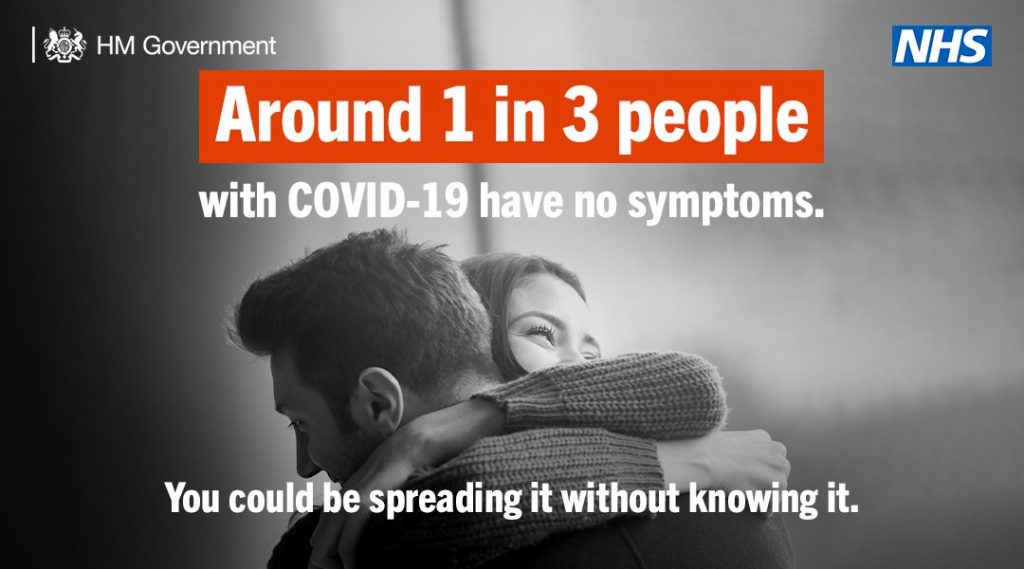Government’s Notorious ‘1 in 3’ Propaganda Line Doesn’t Square With ONS Data
Tue 10:58 am +01:00, 2 Mar 2021
Norman Fenton, a Professor of Risk Information Management at Queen Mary University has analysed the data from a study of ‘asymptomatic cases’ in Cambridge and published his conclusions in a blog post:
The Cambridge study testing asymptomatics is the gift that keeps on giving…
This makes interesting reading for anybody who still believes the Government ‘case’ data and the claim that just because you don’t have any COVID-19 symptoms it doesn’t mean you aren’t an danger.

This data also means that if the Government claim that “1 in 3 people with the virus has no symptoms” is correct then the ONS estimated infection rate is massively inflated – the currently reported ‘case’ numbers must be at least 8 times greater than the true number of cases. On the other hand, if the Government estimates of case numbers are correct then at most 1 in 26 people with the virus has no symptoms. Here’s an informal explanation why (formal proof is below):
Cambridge has a population of 129,000.
If the ONS infection estimates for Cambridge (0.71%) are accurate, then during an average week in this period about 916 people had the virus and 128,084 did not.
But if the “1 in 3” claim is correct about 305 people in Cambridge had the virus but no symptoms.
So at most 128,389 people in Cambridge had no symptoms and that means at least 305/128389 people with no symptoms had the virus. That is at least 0.24% (i.e. at least around 1 in 421).
But the study shows on average only 1 in 4867 (0.028%) with no symptoms had the virus. So there should only have been about 36.
That means the “1 in 3” claim and the ONS estimates cannot both be correct.
If the “1 in 3” claim is correct, then the maximum possible value for the infection rate is 0.084% and not 0.71% as claimed (with 0.084% we would have 108 with the virus of whom 36 have no symptoms). So the ONS estimated infection rate is over eight times greater than the true rate.
If the 0.71% infection rate is correct, then the maximum possible value for the proportion of people with the virus who have no symptoms is 3.9% (as this would mean 36 of the 916 people with the virus have no symptoms as predicted by the Cambridge data).
Worth reading Professor Fenton’s conclusions and workings out in full.
https://lockdownsceptics.org/










